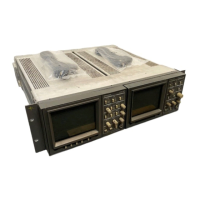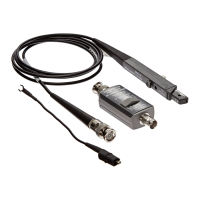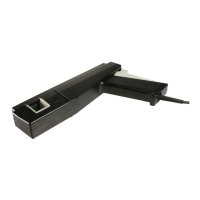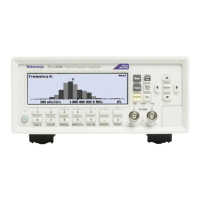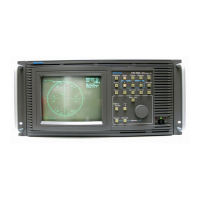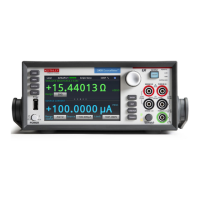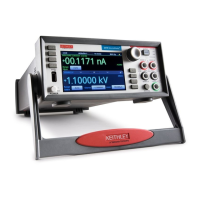Operating Instructions
1502C MTDR Service Manual
1–11
c. When the screen is clearly readable, press the MENU button again to return
to normal measurement operation. The new contrast value will remain in
effect until the instrument is turned off.
Test Preparations
Vp is the speed of a signal down the cable given as a percentage of the speed of light
in free space. It is sometimes expressed as a whole number (e.g., 66) or a percentage
(e.g., 66%). On the 1502C, it is the percentage expressed as a decimal number (e.g.,
66% = .66). If you do not know the velocity of propagation, you can get a general
idea from the following table, or use the Help with Cables section of the Cable
Information menu. You can also find the Vp with the procedure that follows using
a cable sample.
NOTE. If you do not know the Vp of your cable, it will not prevent you from finding
a fault in your cable. However, if the Vp is set wrong, the distance readings will be
affected.
All Vp settings should be set for the cable under test, not the supplied jumper cable.
Dielectric Probable Vp
Jelly Filled .64
Polyethylene (PIC, PE, or SPE) .66
PTFE (Teflon
R
) or TFE .70
Pulp Insulation .72
Foam or Cellular PE (FPE) .78
Semi-solid PE (SSPE) .84
Air (helical spacers) .98
1. Obtain a known length of cable of the exact type you wish to test. Attach the
cable to the CABLE connector on the front panel.
2. Pull POWER on.
3. Turn the DIST/DIV to an appropriate setting (e.g., if trying to find the Vp of a
three-foot cable, turn the DIST/DIV to 1 ft/div).
4. Turn the
POSITION control until the distance reading is the same as the
known length of this cable.
The Importance of Vp
(Velocity of Propagation)
Vp of Various Dielectric
Types
Finding an Unknown Vp
Artisan Technology Group - Quality Instrumentation ... Guaranteed | (888) 88-SOURCE | www.artisantg.com
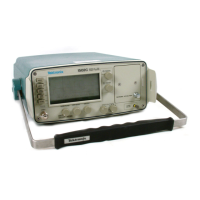
